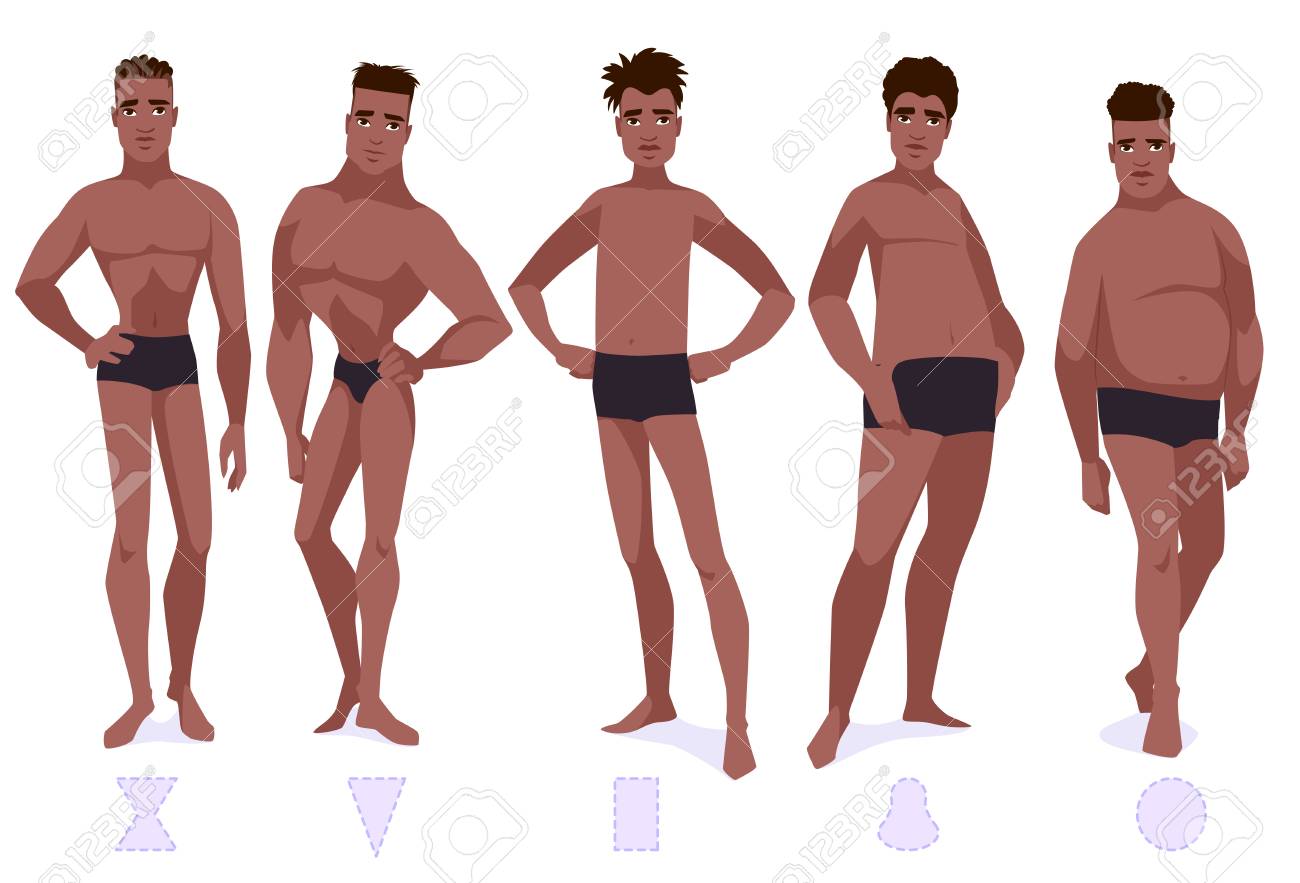- Empty cart.
- Continue Shopping
Understanding the Different Types of Body Fat

Body fat is a crucial component of our physiology, serving various functions such as energy storage, insulation, and protection. However, not all body fat is created equal. There are different types of body fat, each with distinct characteristics and implications for health.
1. White Adipose Tissue (WAT):
White adipose tissue is the most common type of body fat and is primarily responsible for storing excess energy in the form of triglycerides. It is found throughout the body, typically under the skin (subcutaneous fat) and around organs (visceral fat). While some white fat is necessary for energy balance, excessive accumulation, especially in the abdominal area, is associated with an increased risk of various health conditions, including heart disease and type 2 diabetes.
2. Brown Adipose Tissue (BAT):
Brown adipose tissue is often referred to as “good” fat because of its role in thermogenesis, the process of generating heat. BAT contains a higher number of mitochondria, which give it a brownish appearance and enable it to burn calories to produce heat. BAT is more prevalent in infants and can help regulate body temperature in response to cold exposure. Researchers are studying ways to increase BAT activity to aid in weight management.
3. Beige Adipose Tissue (BeAT):
Beige adipose tissue is a transitional type of fat that shares some characteristics with both white and brown fat. BeAT is typically found interspersed within white adipose tissue. When stimulated by factors like cold exposure or exercise, BeAT can adopt a brown fat-like function, contributing to thermogenesis and potentially helping with weight management.
4. Visceral Fat:
Visceral fat is the fat that surrounds and infiltrates the abdominal organs, such as the liver, pancreas, and intestines. Excess visceral fat is associated with an increased risk of metabolic syndrome, heart disease, and type 2 diabetes. It is considered more harmful than subcutaneous fat due to its role in promoting inflammation and insulin resistance.
5. Subcutaneous Fat:
Subcutaneous fat is located just beneath the skin and is the fat that can be pinched or felt when you touch your body. While it contributes to body shape and provides some insulation, excessive subcutaneous fat can still be associated with health risks, particularly if it accumulates in certain areas.
6. Intramuscular Fat:
Intramuscular fat, also known as marbling, is found within muscle tissue. In small amounts, it is normal and can provide a source of energy during prolonged physical activity. However, excessive intramuscular fat can affect muscle function and contribute to insulin resistance.
7. Epicardial Fat:
Epicardial fat is a type of visceral fat that surrounds the heart. Excess epicardial fat is associated with an increased risk of cardiovascular disease and may contribute to inflammation in the heart.
8. Pericardial Fat:
Pericardial fat is another type of fat that surrounds the heart, specifically the outer lining of the heart (pericardium). Excessive pericardial fat is linked to an increased risk of heart disease.
9. Bone Marrow Fat:
Bone marrow fat is found within the cavities of bones. While it plays a role in bone health and hematopoiesis (blood cell formation), its significance in overall health is still an active area of research.
In Conclusion, Understanding the different types of body fat is essential for recognizing their roles in health and disease. While some types of fat are necessary and beneficial, such as brown and beige fat, excessive accumulation of certain types, especially visceral fat, can lead to health problems. A balanced approach to nutrition, physical activity, and lifestyle choices is essential for maintaining healthy levels of body fat and overall well-being.








